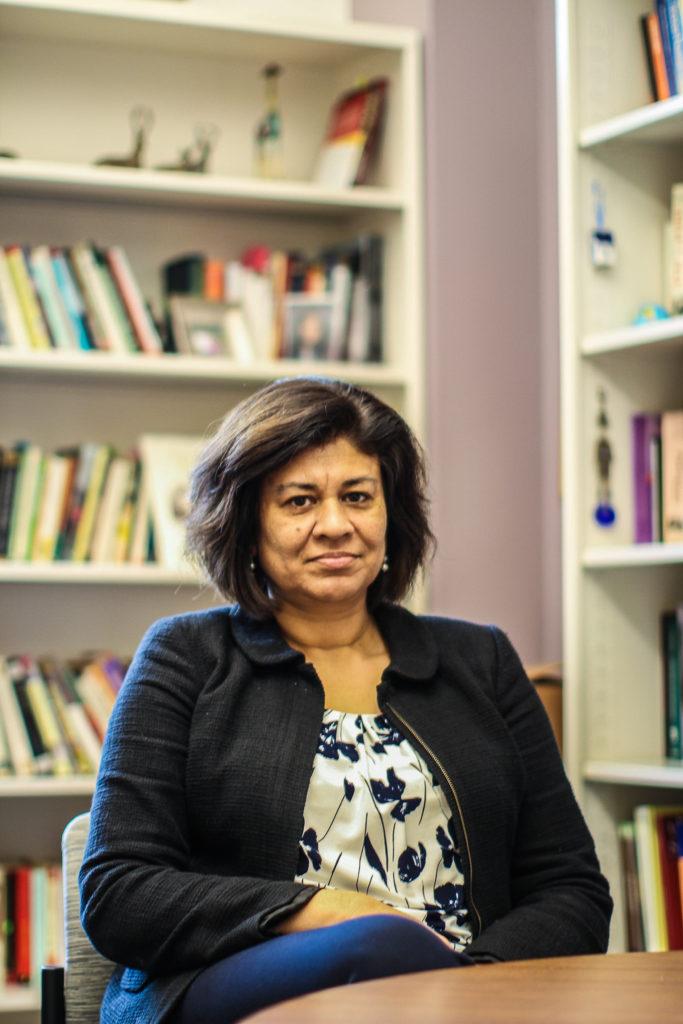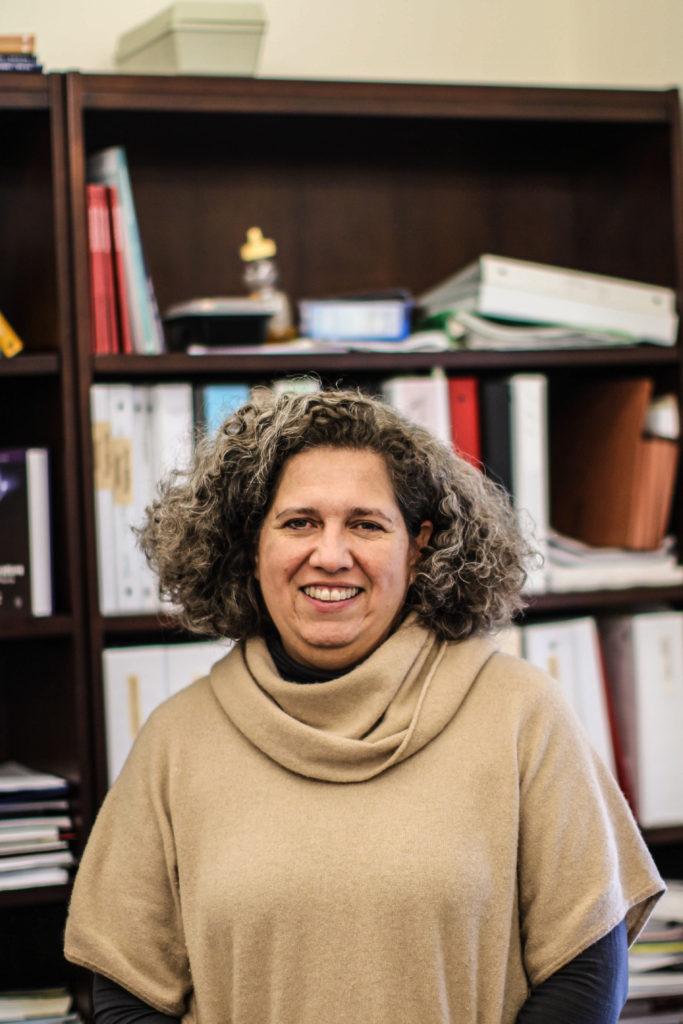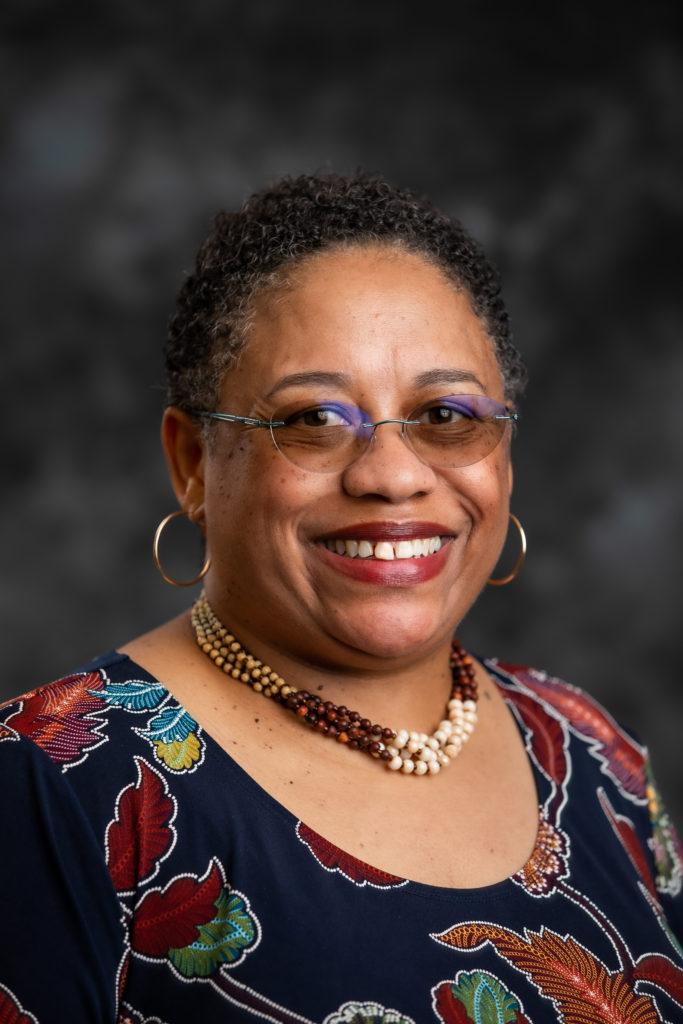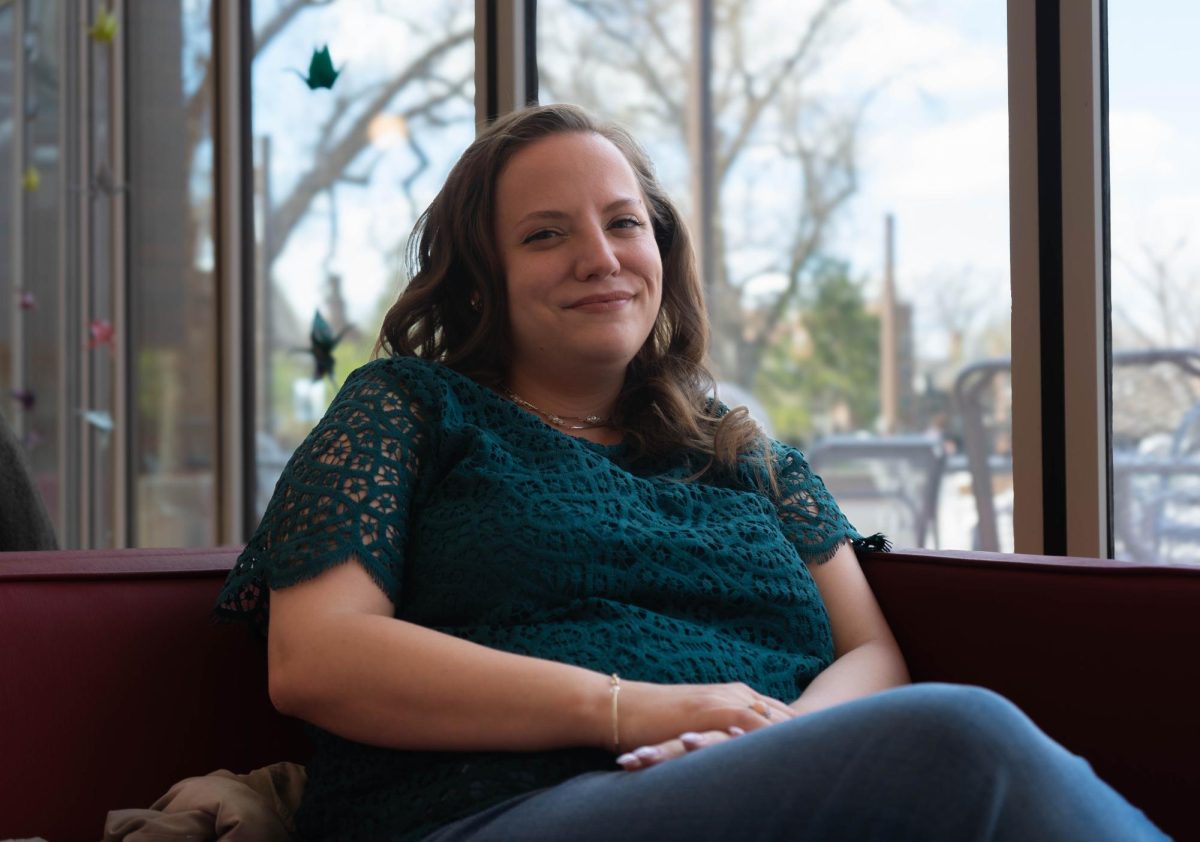By Caleb Forbes
forbesca@grinnell.edi
Grinnell College is having three major administrative position changes. Three members of the College administration are stepping down and assuming faculty positions include current Chief Diversity Officer and Assistant Vice President within the Dean’s office Lakesia Johnson, Assistant Vice President and Senior International Officer Shuchi Kapila and Senior Associate Dean Maria Tapias.
Assistant Vice President and Senior International Officer Kapila has worked with the Institute for Global Engagement (IGE) to “coordinate and integrate global education broadly across the College,” she said in an interview. She’s also expanded partnerships with other colleges globally.
“This institute only existed on paper when I took over in 2017,” she said. “I feel like we’ve fully staffed it, rolled it out, learned how to partner with each other, learned what our separate roles are going to be.” Her work has also built on short-term faculty-led travel programs.
Maria Tapias has also made an impact as Senior Associate Dean. She has overseen tenure review work, grants and scholarships for faculty, as well as faculty sabbaticals. She has also done work with Chief Diversity Officer Johnson to “have discussions with faculty on the personnel and committee level on implicit bias, microaggressions and how that might percolate into a review process.”
Tapias has also worked closely with Vice-President for Academic Affairs and Dean of the College Anne Harris in the transition process when Harris became the new dean. Tapias also helped coordinate an external review of the dean’s office to determine how it could grow regarding diversity and inclusion, prior to Johnson being brought in as the chief diversity officer. Tapias also worked with the CLS to implement more holistic advising.
Chief Diversity Officer and Assistant Vice President within the Dean’s office Lakesia Johnson was unavailable for an interview this week, but Harris said that Johnson “create[d] a climate in which everyone can make a valued contribution in the fullness of their identity.”
“She’s been transformative in our policies, anything from hiring policies to grievances to how we communicate about diversity with one another. But then she also looks to the person, she’ll work with individuals, she’ll work with departments, she’ll work with all those micro communities of course that we have here,” Harris said.
Harris explained the College will be using the search firm Carrington & Carrington in order to find a replacement for the Chief Diversity officer, which Johnson recommended. “They met with multiple student constituencies, they’ve met with faculty and staff constituencies as well. And the next steps will be to craft the position description for them to start recruiting, … and in the spring we are likely to have candidates visit on campus.”
The other two positions will be filled by nomination of faculty and the decision will be made by an executive council.
Kapila spoke on the three of them stepping down, saying, “Each of us has put in a long period in an administrative position. I believe all of us have enjoyed working with the previous dean and now this new dean. But I think we are all looking to go back to our faculty specializations, my guess is that we miss that—reading books and preparing classes and talking to students more intensively and being able to do some research in the summer.”
Tapias also commented on stepping down. “I only speak for myself but I’m pretty sure others will echo this, that it’s a desire to get back to the classroom, to reconnect with why we originally came into academia in the first place.”
On whether it is a coincidence that the three of them stepped down at the same time, Kapila said, “It is kind of a coincidence … [that] 8-10 years ago three faculty women of color took up major administrative positions, which I think is a great thing. But obviously I think the exhaustion will probably happen around the same time.”
Harris said this type of administrative flow is common in academia. “There’s absolutely a rhythm in higher-ed where you do some administrative work for a certain number of years and then you come back into the faculty and then maybe you go back out into administration. … I myself was a faculty member for seventeen years and then I moved into administration, and I loved the advocacy work of administration.”
Tapias spoke about her time working in the administrative role. “I’ve really enjoyed my time here in the dean’s office, because I think it gives you an opportunity to see a bird’s eye view of the institution and how multiple offices are making this place work.”
“It’s notable I think that it adds to our careers and the health of the institution that we are able to give time just to building new institutions,” Kapila said. “Whether it’s the diversity office or the dean’s office, or in my case it’s the [IGE].”
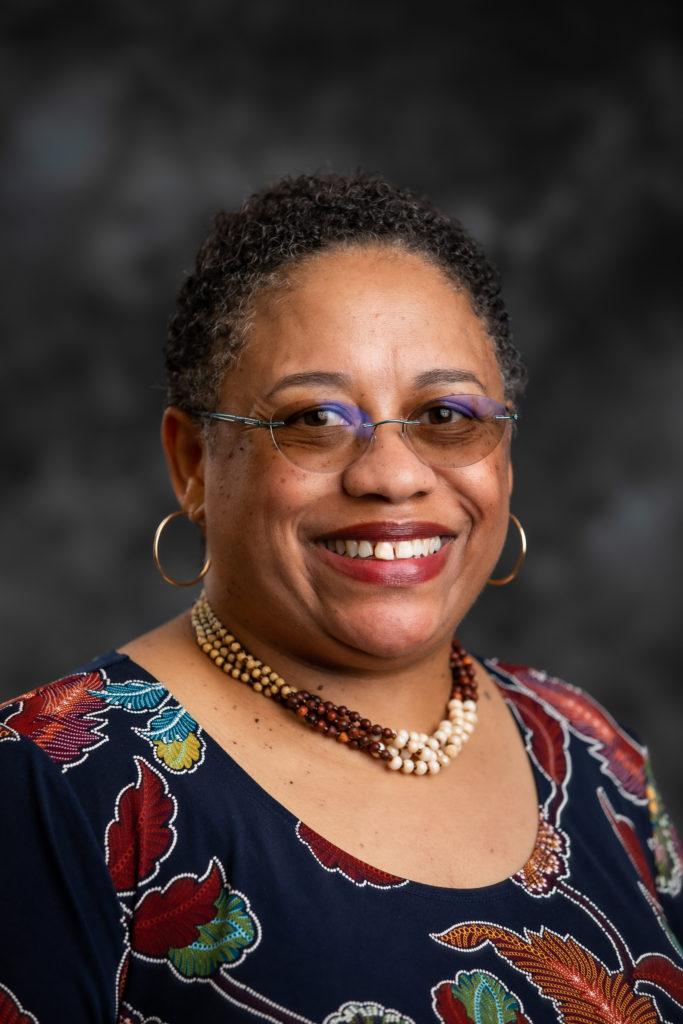
(Photo by Justin Hayworth/Grinnell College)
